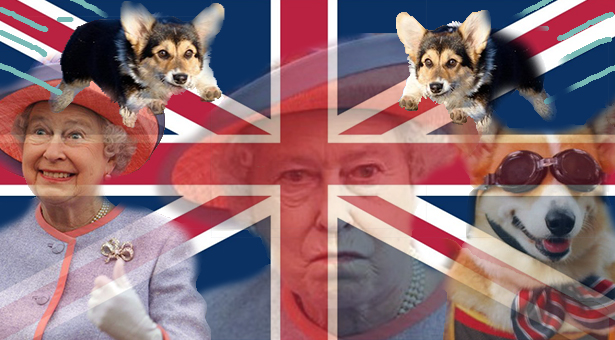Queen Elizabeth

Written by Andrea Martin. Media by Max Gensler
Sept. 9 officially marked Queen Elizabeth II as the longest reigning British monarch, surpassing Queen Victoria who had ruled for 63 years and seven months.
Queen Elizabeth took the throne back in 1952 at the young age of 25, only seven years older than Queen Victoria when she became reigning queen in 1837. Victoria faced no harsh pressure during her time as queen, and Queen Elizabeth can certainly say the same, but many have seen her as the rock that has kept Britain afloat as Prime Minster David Cameron has so warmly stated.

“Over the last 63 years, Her Majesty has been a rock of stability in a world of constant change and her selfless sense of service and duty has earned admiration not only in Britain, but right across the globe,” Cameron said.
The Queen and her husband, Prince Phillip, held a public event near the Scottish border for the inauguration of a new train route.
“I thank you all, and all of the many others at home and overseas, for your touching messages of great kindness,” Elizabeth said after bring introduced by Scottish First Minister Nicola Sturgeon.
Queen Elizabeth, having now ruled for 23,226 days, stated it was never her intention to surpass her great-great grandmother; rather, it was simply a benefit of having lived a long and pleasant life. Since 1952, Queen Elizabeth’s reign has included 12 prime ministers, two more than the 10 who served under Victoria, and she’s seen 10 U.S. presidents elected, having met them all except for Lyndon B. Johnson.
A Brief History
Queen Victoria’s reign was marked by much pain and woe, having been described as a rather stubborn and willful lady. In 1861, Victoria saw her beloved Prince Albert pass, causing her to go into mourning where she barely sought to appear out in public, relying on writing letters to newspapers about certain matters that weighed upon her.
Upon being suffocated by an emerging democracy, the royalty intended to create a bond between itself and the expanding electorate, but in the 1930s it found itself in the midst of a constitutional crisis. King Edward VIII’s sought the marriage of an American divorcee, something labeled as polite and bloodless by the monarchy even though it was forced.
Then entered Queen Elizabeth. The young 25-year-old oversaw a shaky and transitioning monarchy. The young queen had little to no political experience, and was told to only avoid the mistakes of King Edward VIII. What was left for Her Majesty was to restore the monarchy, redefine it “as something with a purpose that served a country crying out for some point of stability.” From then on, Elizabeth offered a means of emotional support for British prime ministers, expressing “friendliness but not friendship.” Some have seen her as passive, uncaring, and rather aloof, but in representing an entire nation, Her Majesty has created an image of strength,
“I have to be seen to be believed,” she is reported to have once said. “We are privileged and the price of privilege is that we have to do our duty — and be seen doing our duty.”
Even in the midst of yo-yo popularity, experiencing sharp popularity and steep disapproval, Queen Elizabeth still remains a popular figure in the UK, and has proved to be a beacon of strength, determination, and, most of all, resiliency.
Quick Facts about Queen Elizabeth
Shes owned more than 30 Corgis during her reign.
While watching US presidents come and go, Her Majesty has also seen seven popes.
She has been the head of state for two Olympic games in two different countries.
The Queen is 89-years-old and still going strong.































